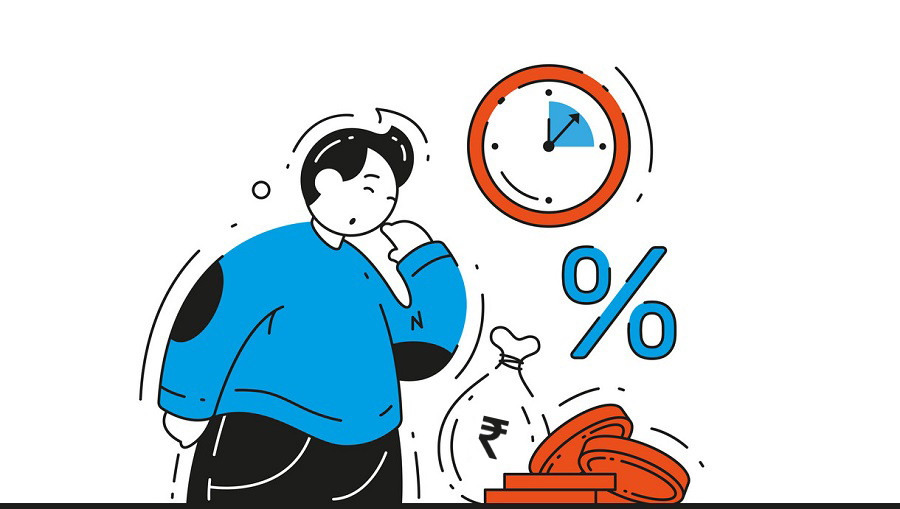In the realm of business ventures, admittance to capital is frequently essential for development and supportability. Whether you’re sending off a startup, expanding a current endeavor, or exploring through a difficult period, getting the right business loan can be a distinct advantage. Nonetheless, one of the key contemplations that can fundamentally affect your borrowing choice is the interest rate related to the loan. In this aide, we’ll dig into the elements of business loans and investigate the subtleties of business loan interest rates.
What is a Business Loan?
A business loan is a financial instrument intended to furnish businesses with admittance to capital to support different necessities, for example, expansion, inventory purchase, equipment acquisition, operational expenses, and more. These loans are ordinarily presented by banks, credit unions, online lenders, and government agencies, each with its arrangement of terms, conditions, and eligibility models.
Understanding Business Loan Interest Rates
The interest rate joined to a “Business Loan“ is the expense of borrowing cash, communicated as a level of the loan sum. It addresses the pay that lenders get for stretching out credit to borrowers. A few variables impact business loan interest rates, including:
1. Creditworthiness: Your creditworthiness assumes a critical part in determining the interest rate for which you meet all requirements. Lenders survey your credit score, financial history, revenue projections, and business resources to assess the gamble related to lending to you. Businesses with solid credit profiles commonly secure loans at lower interest rates, in contrast with those with less great credit standings.
2. Loan Term: The span or term of the loan likewise influences the interest rate. As a general rule, loans with more limited repayment periods will quite often have lower interest rates since they present less gamble to lenders. On the other hand, long haul loans might convey higher interest rates to make up for the lengthy repayment timetable and related vulnerabilities.
3. Market Conditions: Interest rates are affected by more extensive economic factors and market conditions. Lenders change their rates in light of changes in the economy, expansion rates, money related policies, and winning market trends. For example, during times of economic slumps or vulnerability, lenders might raise interest rates to moderate dangers and safeguard their speculations.
4. Collateral: Got loans, which require collateral like land, equipment, or inventory, frequently accompany lower interest rates contrasted with unstable loans. Collateral gives lenders a type of security against default, lessening the general gamble and empowering them to offer better terms to borrowers.
5. Lender Policies: Every lender has its own lending policies, risk appraisal systems, and productivity goals, which impact the interest rates they offer. Factors like contests inside the lending industry, regulatory requirements, and internal funding costs additionally shape lenders’ choices with respect to interest rates.
Types of Business Loan Interest Rates
“Business Loan Interest Rates“ can be classified into two fundamental types:
1. Fixed Interest Rate: With a fixed interest rate, the rate stays consistent all through the loan term, furnishing borrowers with consistency and dependability in their monthly payments. Fixed-rate loans are great for businesses looking for assurance in their budgeting and repayment arranging, particularly in conditions described by interest rate fluctuations.
2. Variable Interest Rate: A variable interest rate, otherwise called a floating or customizable rate, fluctuates in light of changes in market conditions or benchmark interest rates. While variable-rate loans might offer to start expense reserve funds during times of low-interest rates, they open borrowers to potential installment unpredictability and expand financial gamble, assuming rates rise out of the blue.

